Scopello: the staks and the
Scopello is an ancient fishing village that seems to be built on the site of the fabled city of Cetaria (whose name may derive from the abundance of tuna that inhabit the sea near the Faraglioni). The sheltered position of the Faraglioni, has made this place an important anchor point since ancient times, which can be seen by the large number of artifacts found on the bottom of this water. It is amphoras and other pottery remains Greeks, Carthaginians, African and Spanish. Just to allow visitors to admire these hidden wonders, was established an archaeological called "underwater museum" in which, through a top-guide that allows you to follow the logical sense of the route, you can admire the remains on the seabed, all properly labeled and dated. The old trap of Scopello dates back to the fifteenth century. Past, over the centuries, several noble families and religious orders, was acquired in 1874 by Ignazio Florio. Importance to the economy of the area Castellammarese, the trap was active until the mid-900. The village of Scopello, located on a promontory stands the Faraglioni, stands on an ancient settlement, inhabited since the Hellenistic period, continued his life in Roman times, and Islam. Included in the "royal domain" of the Norman period, in 1235 the Emperor Frederick II of Savoy granted in fief to the town of Erice. The village currently existing dates from the seventeenth century and has a beam seventeenth century around which was built a small charming agglomeration farmer and the small church of Santa Mary of Graces.Back to monuments →
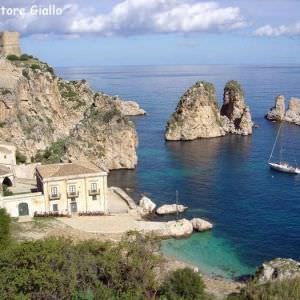
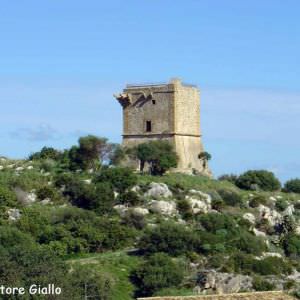
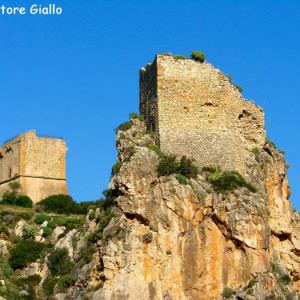


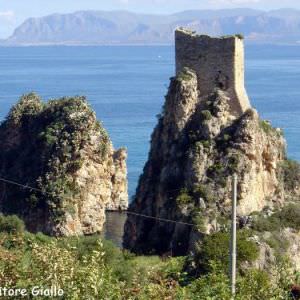
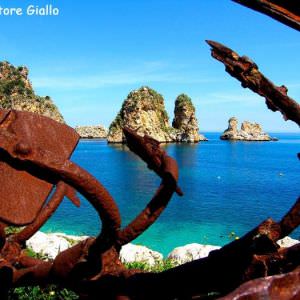
Follow us on